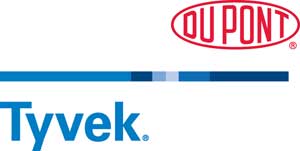Navigating Wall Assembly Fire Testing
A New Reality
Although NIBS and BETEC are planning to continue lobbying the IBC, and it will take time until all the local AHJs update their codes to incorporate the 2012 IBC, or at least base their next commercial building code on the latest IBC, the fact remains that the construction industry is entering a new NFPA 285 reality. These stringent fire protection provisions coupled with stricter energy codes are anticipated to shake things up in terms of the way wall assemblies will be specified moving forward.
Tasked with this challenge, architects will need to be knowledgeable about the standard, how it works, when it is applied, and when it can be avoided. Meanwhile, manufacturers who want their products to be specified will have to work as an ally to designers by taking on the onus of testing, where possible, and openly furnish architects with test–compliant information.
| IBC Fire-Related Test and Reports |
In addition to the NFPA 285 wall assembly test, relevant combustible components must also pass a series of material tests, per the International Building Code. “It is important to understand the how material tests differ from assembly tests on how they are performed and how they are required by code,” says Benjamin Meyer, science architect, DuPont Building Innovations, Richmond, Virginia. While, in many cases, the manufacturers take care of these tests, architects need to be familiar with the various ASTM tests and double check that a given product is compliant.
|
 |
DuPont Building Innovations brings dynamic science to the development of innovative products and services for commercial construction. DuPont helps architects and their teams determine the best air and water barrier solutions that meet the unique needs of their projects and increase the performance of building systems and create more sustainable structures. www.weatherization.tyvek.com |








